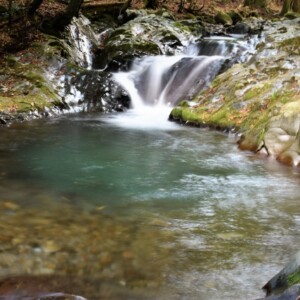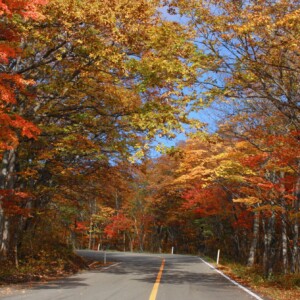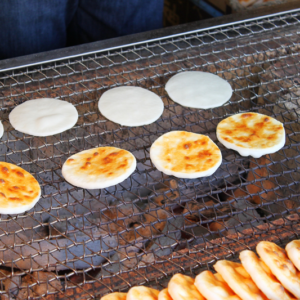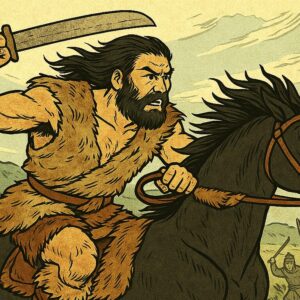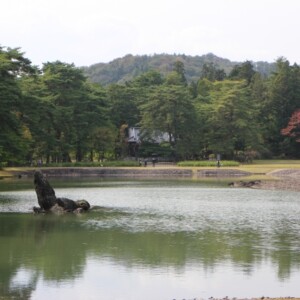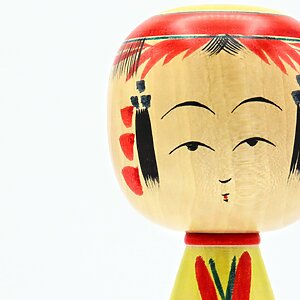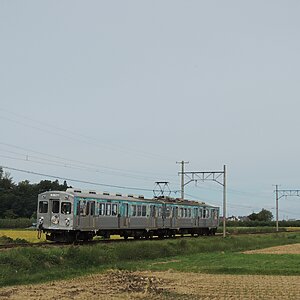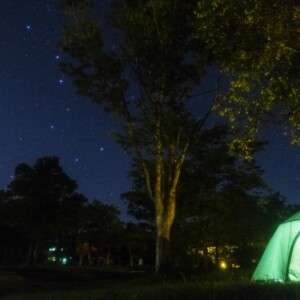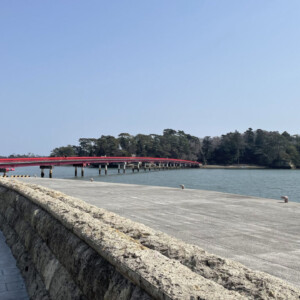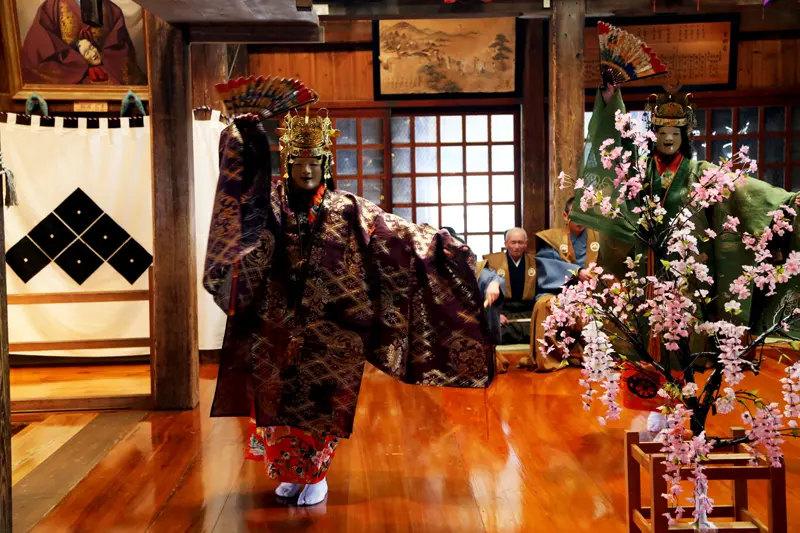
Kurokawa Noh is a Shinto ritual that has been developed independently by farmers for 500 years [Yamagata Prefecture]
table of contents
- 1 ``Kurokawa Noh'', which strongly preserves the Noh plays of the Kan'ami and Zeami eras
- 2 Until the Edo period, it was called Sarugaku Noh, and it created its own world based on five schools.
- 3 The foundation of Noh Kyogen laid by Kan'ami and Zeami
- 4 Nohgaku was transmitted to Kurokawa in the late Muromachi period
- 5 The Noh and Kyogen performed by parishioners at Kurokawa Noh are Noh 540 and Kyogen No. 50.
- 6 ``Ogisai'' is a festival where Kurokawa Noh is performed all night for two days starting February 1st.
- 7 ``Frozen tofu'' is grilled and frozen tofu that is indispensable for ``Ogisai''
- 8 “Kurokawa Noh no Sato/Ogi Kaikan” exhibiting Kurokawa Noh materials
"Kurokawa Noh," which has been passed down as a ritual by parishioners (peasants) for 500 years as a ritual, and has been designated as an important intangible folk cultural property in the country, will be performed.
``Kurokawa Noh'', which strongly preserves the Noh plays of the Kan'ami and Zeami eras
There are currently five schools of Noh: Kanze-ryu, Hosho-ryu, Konparu-ryu, Kongo-ryu, and Kita-ryu. Kurokawa Noh does not belong to any school and has continued its own tradition. As a result, the Goryu school is characterized by the fact that it retains many pieces that are no longer performed and old styles.
Until the Edo period, it was called Sarugaku Noh, and it created its own world based on five schools.
The origin of Nohgaku is sangaku, which was introduced from China during the Nara period, and is said to be one of a variety of acrobatics such as acrobatics, acrobatics, tricks, singing and dancing, and impersonation. During the Heian period, Sangaku came to be called Sarugaku. It is not clear why it became Sarugaku, but by the Kamakura period, acrobatics and impersonation became independent, and Sarugaku began to be performed in temples and other places as a song and dance drama.
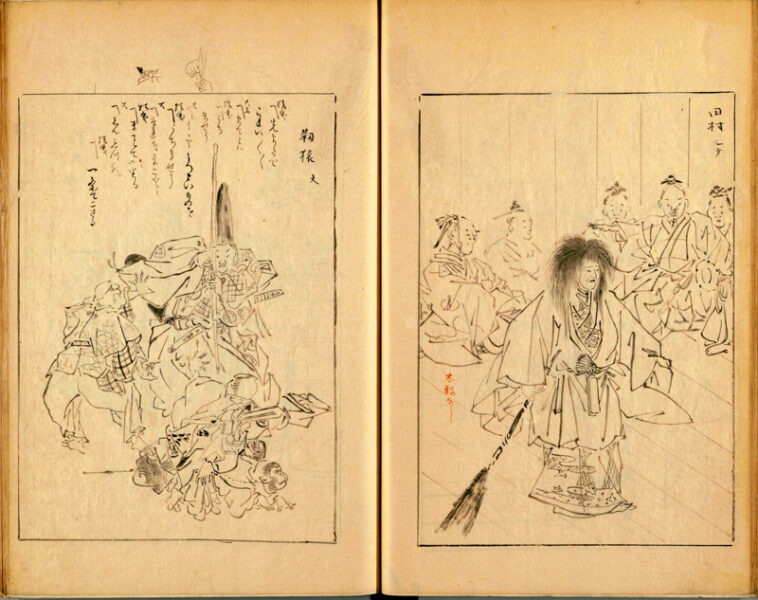
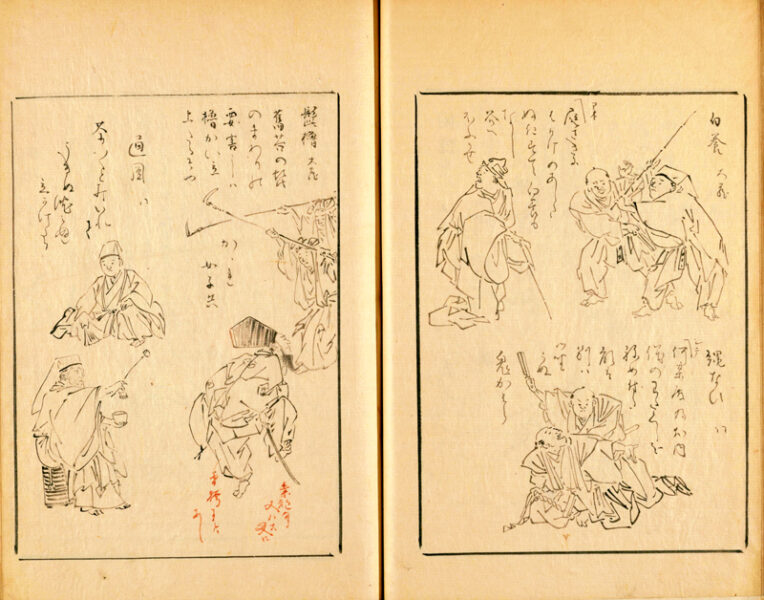
Sarugaku further developed by separating into Noh, which is a silent song and dance drama, and Kyogen, which focuses on laughter.
The foundation of Noh Kyogen laid by Kan'ami and Zeami
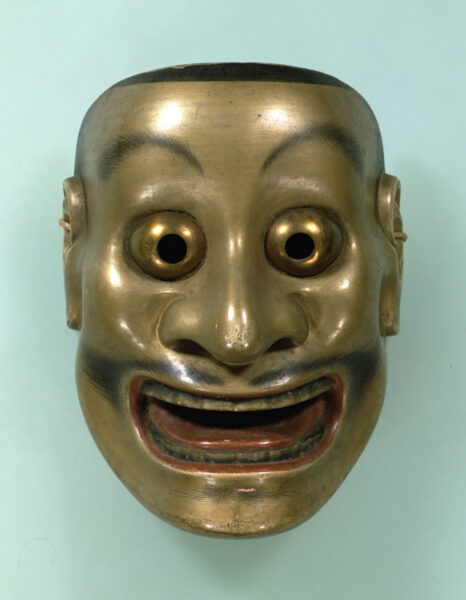
During the Muromachi period (1336-1573), the then Shogun Yoshimitsu Ashikaga was very fond of the Sarugaku Noh performed by the father and son Kan'ami and Zeami, and under the patronage of the shogunate, the artistry was developed. I will increase it. During the Edo period, five schools of Noh, including the Kanze school founded by Kan'ami and Zeami, the Hosho school, and the Konparu school, competed for supremacy with support from shoguns and local feudal lords.
It was not until the Meiji period that Sarugaku-Noh was renamed ``Nohgaku'' because Sarugaku-Noh supporters at the time disliked the sound of ``monkey''.
Nohgaku was transmitted to Kurokawa in the late Muromachi period
There are various theories about the origin of Kurokawa Noh, such as when the 56th Emperor Seiwa visited Kurokawa around 800, or when the emperor's prince stopped in Kurokawa on a nationwide pilgrimage around 1400, but it dates back to the late Muromachi period. There is a strong theory that it was passed down to Kurokawa.
In 1464, Kiyoji Daihoji, the 11th head of the Daihoji clan that ruled the Shonai region, had an audience with Shogun Yoshimasa Ashikaga in Kyoto in 1464. Sarugaku Noh was actively performed in Kyoto, and it is said that Mr. Atsushi may have seen it. Also, in 1522, Daihoji Harutoki had an audience with Yoshiharu Ashikaga. It is natural to think that Sarugaku Noh was introduced to Kurokawa after this event.
During the Edo period, the Sakai clan, the lord of the domain, patronized Kurokawa Noh and provided support with tools and Noh costumes for performances in castles, and Kurokawa Noh greatly developed.
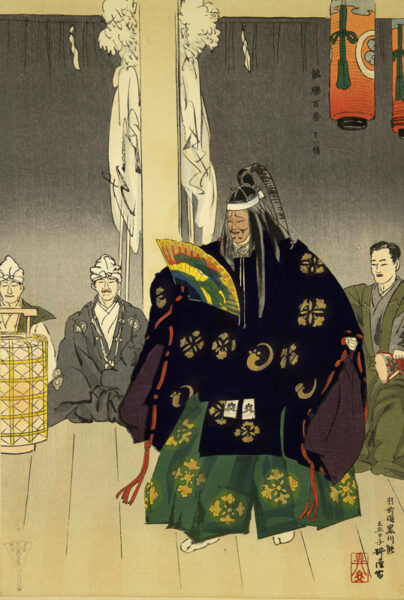
The Noh and Kyogen performed by parishioners at Kurokawa Noh are Noh 540 and Kyogen No. 50.
The performers of Kurokawa Noh have always been parishioners of Kasuga Shrine. The parishioners are divided into two groups, Kamiza and Shimoza, and each performs Noh and Kyogen. From Noh maikata (actors who perform Noh shite, waki, and local chants) to hayashikata (accompanied by musical instruments), Kyogenkata (actors who perform lines that mainly involve laughter), etc. There are about 140 people in total, including 250 Noh masks, 5,500 Noh costumes, and 540 Noh and 50 Kyogen performances, making it a very large scale performance for a folk performing art.

Kasuga Shrine, where Kurokawa Noh is dedicated, is said to have been built in 807 in the early Heian period. A shrine building was built in 1609, and a stage was also built inside the shrine building. In 1674, the third lord of the Shonai domain, Tadayoshi Sakai, built the main shrine, and in 1739, the shrine of worship was built by the Sakai domain. You can see how important the Sakai clan regarded Kurokawa Noh.
``Ogisai'' is a festival where Kurokawa Noh is performed all night for two days starting February 1st.
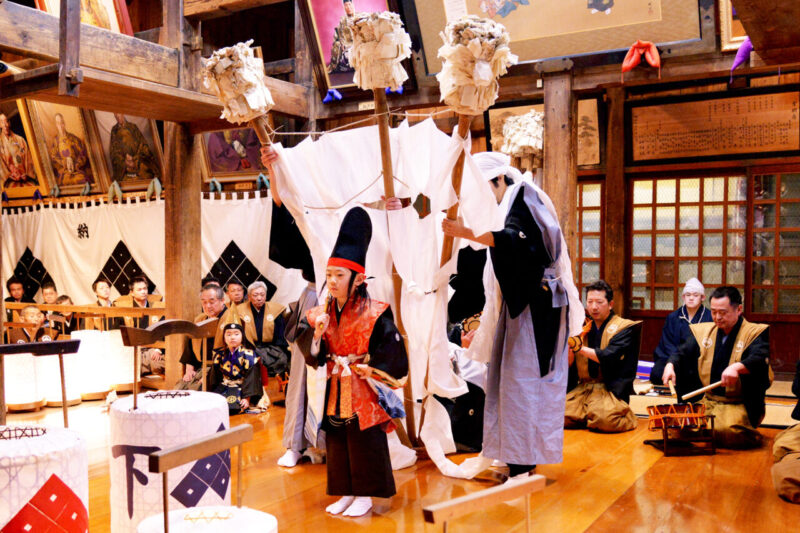
Kurokawa Noh is performed as a service at Kasuga Shrine's old regular festival, Ougisai, which is held for two days from February 1st every year. Early on the morning of February 1st, we welcomed Ogi-sama, the yorishiro of the gods, to our house, the home of the eldest of the Joza and Shimoza, and the performance began at around 6:00 p.m. We entertain God through the night.
``Ogi-sama'' refers to three sticks with shide (folded paper hung in front of a shimenawa rope or tamagushi) wrapped around the heads, and when a white cloth is rolled up around the pillar and opened, it is connected to form a fan shape. It is. ``Kurokawa Noh'' begins with the ``daichifumi'' performed by young children in front of Ogi, the guardian of the god. The Noh and Kyogen performances offered at our store are open to the public for viewing through the Kurokawa Noh Preservation Society. Additionally, these days, events are often held in rented community centers instead of elders' homes.
The next day, on the 2nd, Ogi-sama returned to Kasuga Shrine at around 8:00 a.m., and after the festival, on the Noh stage inside the shrine building, the Noh 1st and 2nd stage performers, respectively, and Daichito and Shikisanban, who were both in attendance, performed. After the ceremony, a ritual is held, and the Ogi Festival ends at around 5:00 p.m.
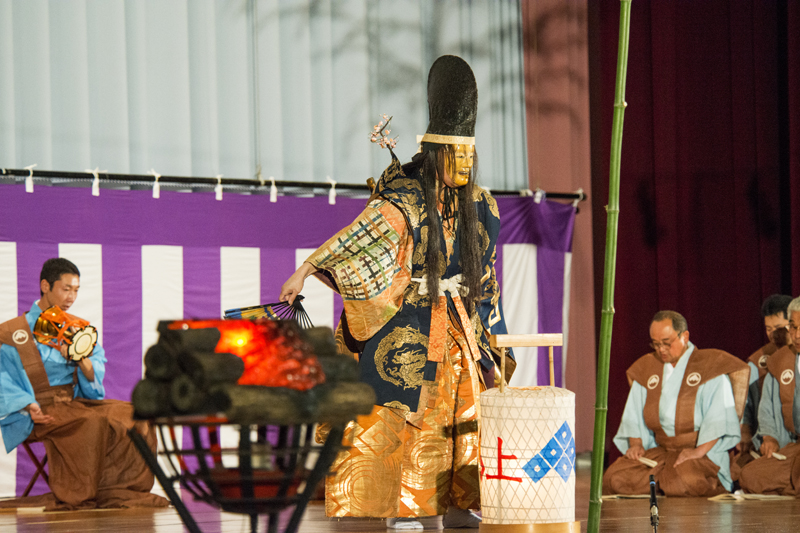
At Kasuga Shrine, Kurokawa Noh is also performed during the ``Kyoen Festival'' on March 23rd, the ``Reitaisai Festival'' on May 3rd, and the ``Niname Festival'' on November 23rd. In addition, a Noh performance will be dedicated to the Dewa Sanzan Shrine Flower Festival, which will be held at the summit of Mt. Haguro on July 15th. It will also be performed as events such as ``Suien no Noh'' (held on the last Saturday of July) and ``Kurokawa Canson Noh'' (dates unspecified).
``Frozen tofu'' is grilled and frozen tofu that is indispensable for ``Ogisai''

``Ogisai'' is also called ``Tofu Festival'' because the traditional dish ``frozen tofu'' is served. Preparations begin in mid-January with the people of each Toya village baking approximately 5,000 rectangular pieces of tofu, which are then frozen once more to complete the frozen tofu. On the day of the festival, miso-flavored frozen tofu is dipped in a sauce called ``Nibanjiru,'' seasoned with sake, soy sauce, walnuts, seaweed, and Japanese pepper. ” will be provided to all those involved.
Ogi Festival<Information>
- Name: Wangisai
- Venue: Kasuga Shrine (Zanaka Toya)
- Location: 291 Miyanoshita Kurokawa, Tsuruoka City, Yamagata Prefecture
- Phone number: 0235-57-3019 (Kasuga Shrine Office)
- “Ogisai” (Saiko period): February 1st to February 2nd
- Official URL: Kurokawa Noh Preservation Society
“Kurokawa Noh no Sato/Ogi Kaikan” exhibiting Kurokawa Noh materials

Kurokawa Noh Village Ogi Kaikan is a museum that broadly introduces Kurokawa Noh. In addition to reproducing the Chigomai ``Daichi-tou'' with life-sized puppets, there are also videos of ``Ogi Festival'', ``A Year of Kurokawa Noh'', ``Suen no Noh and Candle Noh'', and ``Tofu Festival - 1966-''. You can also view it on a large screen. Costumes and Noh masks from the Kamiza, Shimoza, and Kasuga shrines are also on display, making it a facility where you can experience Kurokawa Noh first-hand.
Wangi Kaikan <Information>
- Facility name: Kurokawa Noh Village/Ogi Kaikan (Kurokawa Noh Preservation Society)
- Address: 253 Miyanoshita, Kurokawa, Tsuruoka City
- Phone number: 0235-57-5310
- Opening viewing: 9:00-16:30
- Closed: Wednesdays, year-end and New Year holidays
- Admission fee: 400 yen for adults, 200 yen for elementary, junior high and high school students
- Official URL: Kurokawa Noh Preservation Society – Wangi Kaikan
- access
- Railway: Approximately 20 minutes by taxi from Tsuruoka Station on the JR Uetsu Main Line
- Car: About 20 minutes from Yamagata Expressway Tsuruoka IC towards Yamagata City



![[Tsuruoka City, Yamagata Prefecture] Tsuruoka's food culture has been passed down for hundreds of years 1470_Zenpoji Temple](https://jp.neft.asia/wp-content/uploads/2023/04/2d6b75e2500adfb8f7b8e6c68a2f7a03-150x150.jpg)
![[Shonai region, Yamagata prefecture] Travel back in time during summer vacation! Relax on the movie location set and plateau in Shonai, and find a hot spring nearby? Gassan Plateau](https://jp.neft.asia/wp-content/uploads/2023/08/24135181_m-150x150.jpg)
!["Mogami safflower" certified as a Japanese heritage and Japanese agricultural heritage [Yamagata Prefecture] Mogami safflower](https://jp.neft.asia/wp-content/uploads/2022/12/30121446_m-1-150x150.jpg)
![What is "The Artistic Wife"? Detailed explanation from synopsis to features [Yamagata Prefecture] Illustration of a wife](https://jp.neft.asia/wp-content/uploads/2022/04/38af139f56dcdb4728bbf8f6a94eeee3-150x150.jpg)
![[Recommended Autumn Festivals: Yamagata Edition] Enjoy Yamagata's delicious autumn festival! 28_Shinjo Festival 1](https://jp.neft.asia/wp-content/uploads/2024/08/6ddf3aad6f42cace23ad41df9274d5da-150x150.jpg)
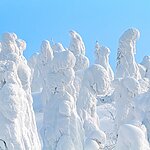
![[Yonezawa City, Yamagata Prefecture] Visit a hot spring connected to the Uesugi family of the Yonezawa Domain 1530_Onogawa Onsen Foot bath](https://jp.neft.asia/wp-content/uploads/2023/05/4ed5d5851f7d92ca3b0ebed3220d6418-150x150.jpg)
![[Yamagata Prefecture] Walking through Tokamachi and Nanokamachi in Yamagata City, where the scent of the Edo period remains Yamagata city from Kasumi Castle Central Observation Room](https://jp.neft.asia/wp-content/uploads/2023/09/26303875_m-150x150.jpg)
